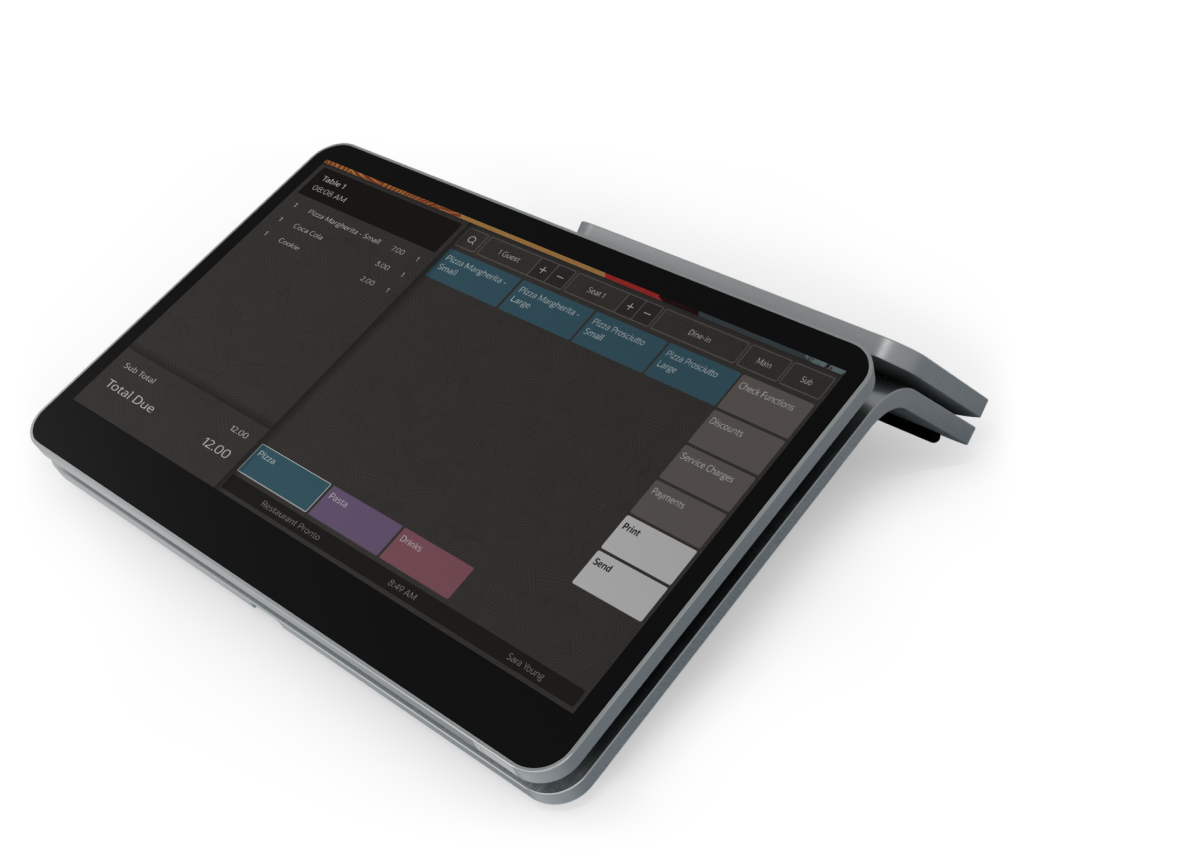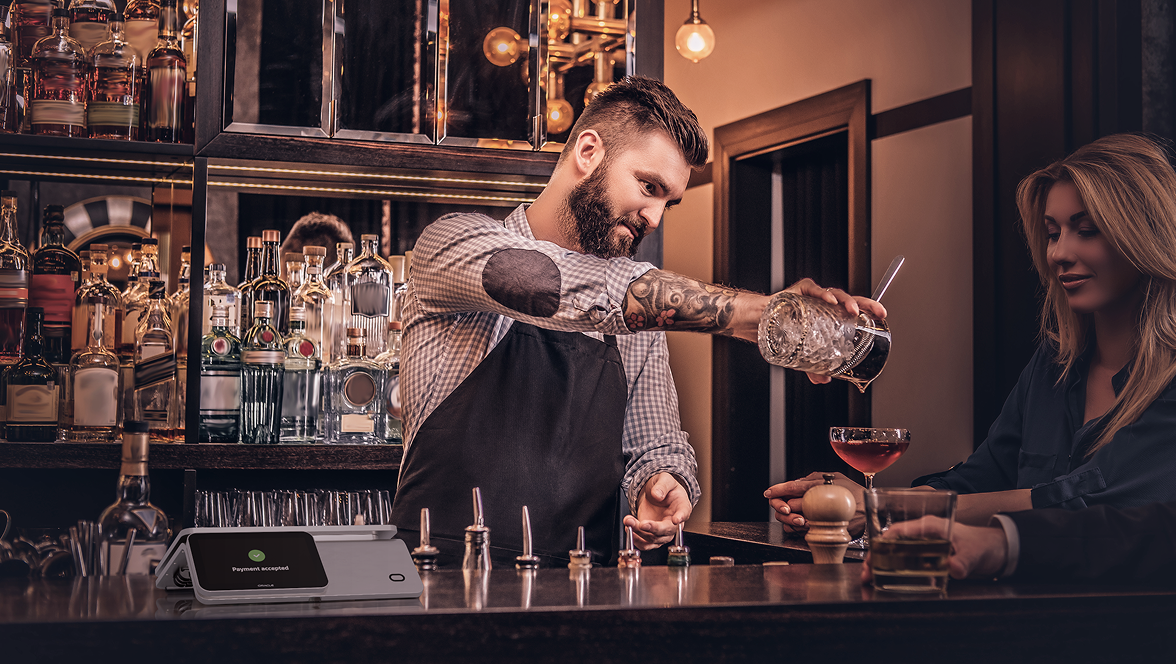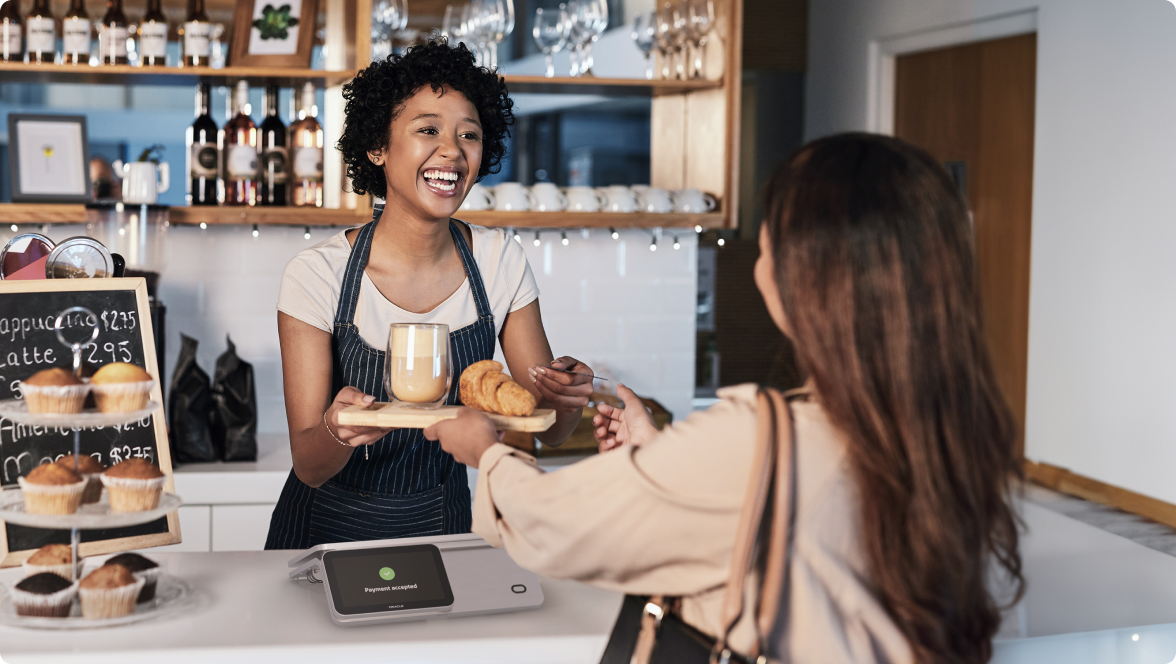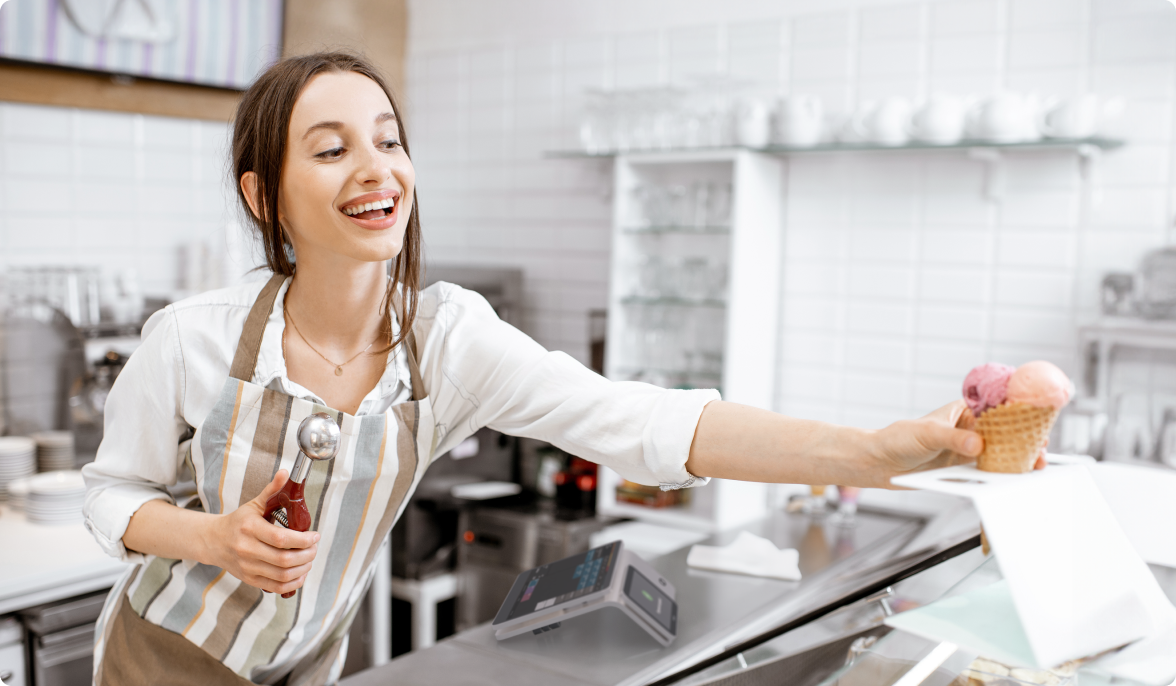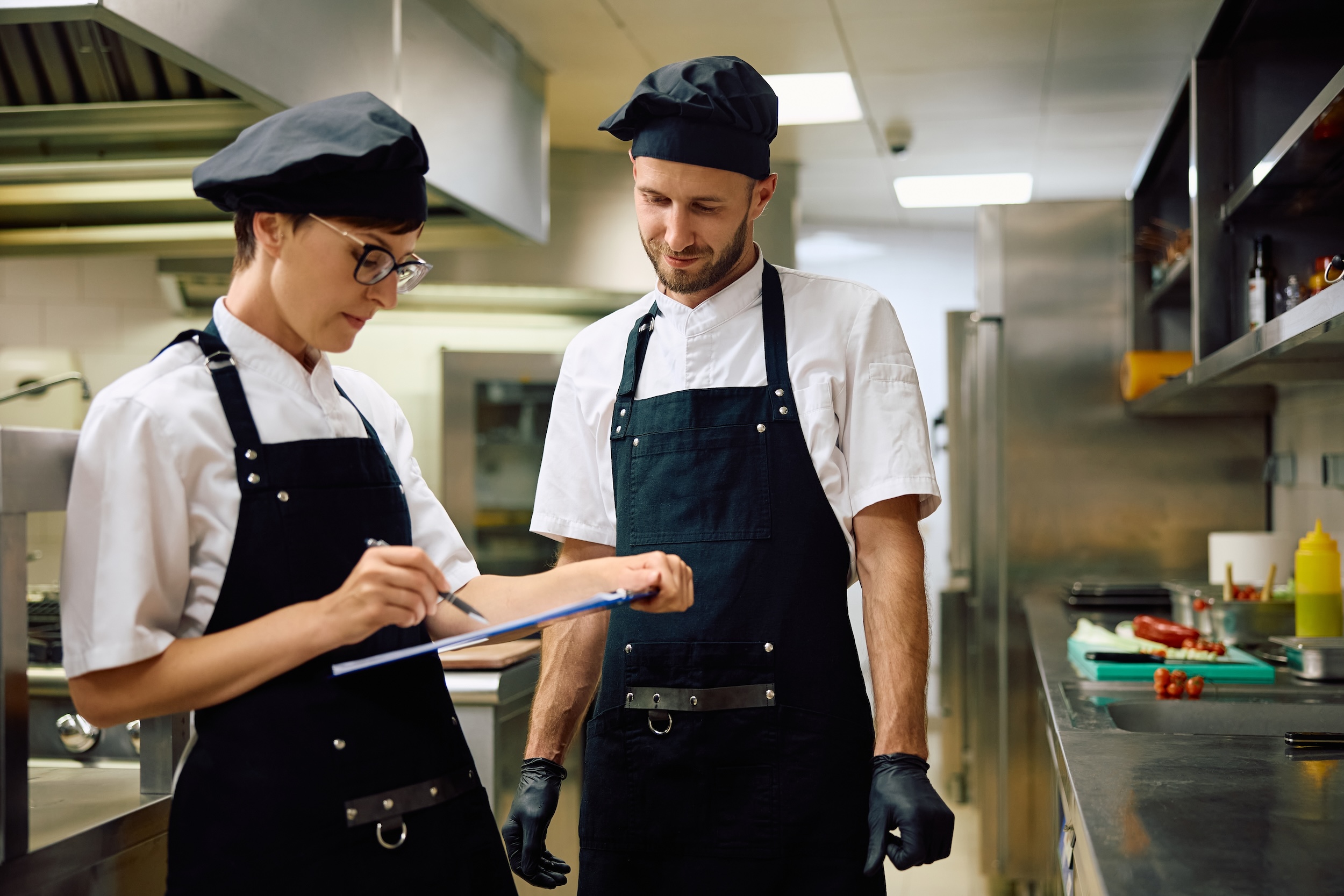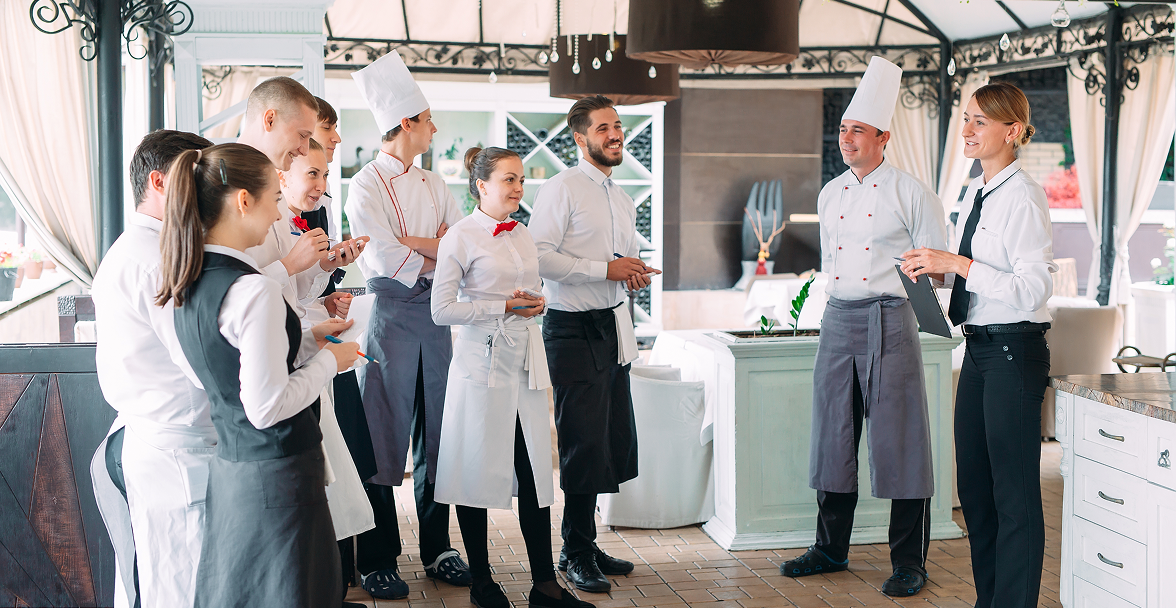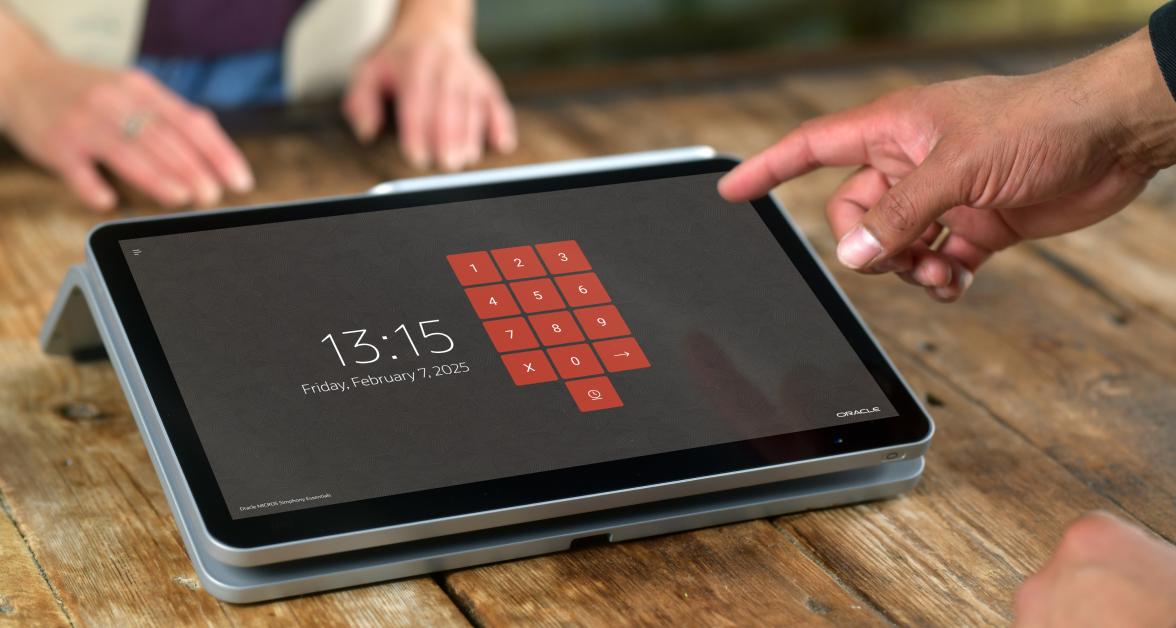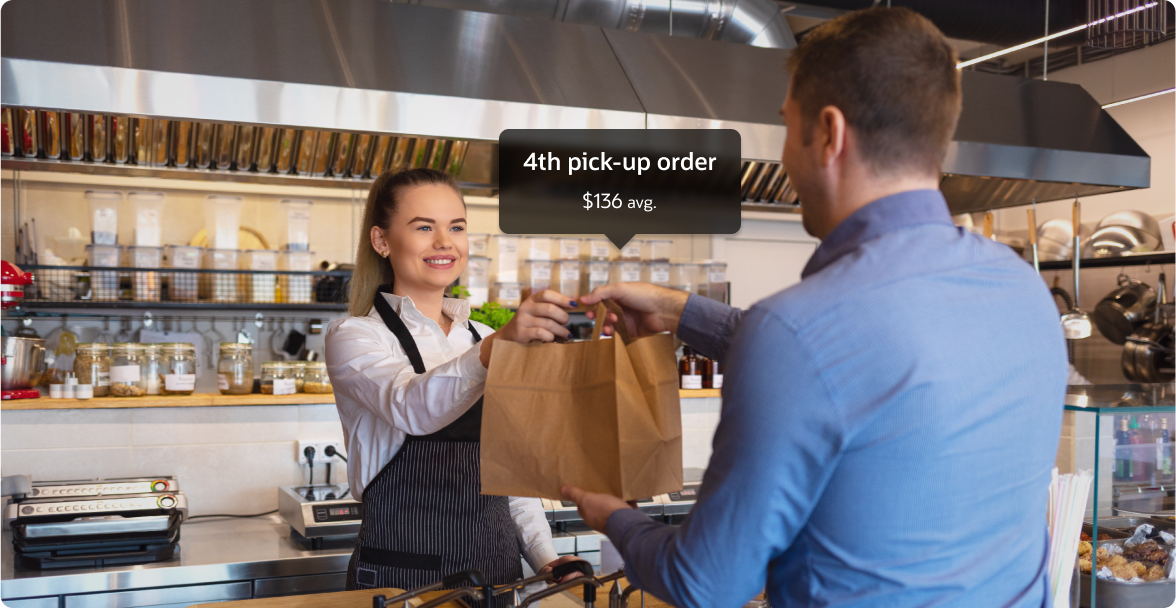- 1. Write an airtight opening a bar business plan
- 2. Secure funding
- 3. Obtain all the required permits and licenses
- 4. Find the perfect bar location
- 5. Brainstorm a profitable bar menu
- 6. Buy the necessary equipment
- 7. Find the best alcohol suppliers in your area
- 8 Get a reliable, easy-to-use bar POS system
- 9. Hire and train your bar staff
- 10. Put together a bulletproof marketing strategy for your bar
Has opening a bar always been your dream? If you’re ready to take the plunge, we’re here to help make that process easier.
We’ve put together a guide on how to open a bar business, complete with potential costs, profit margins, and an easy-to-follow checklist for bar setup.
How Much Does It Cost to Open a Small Bar?
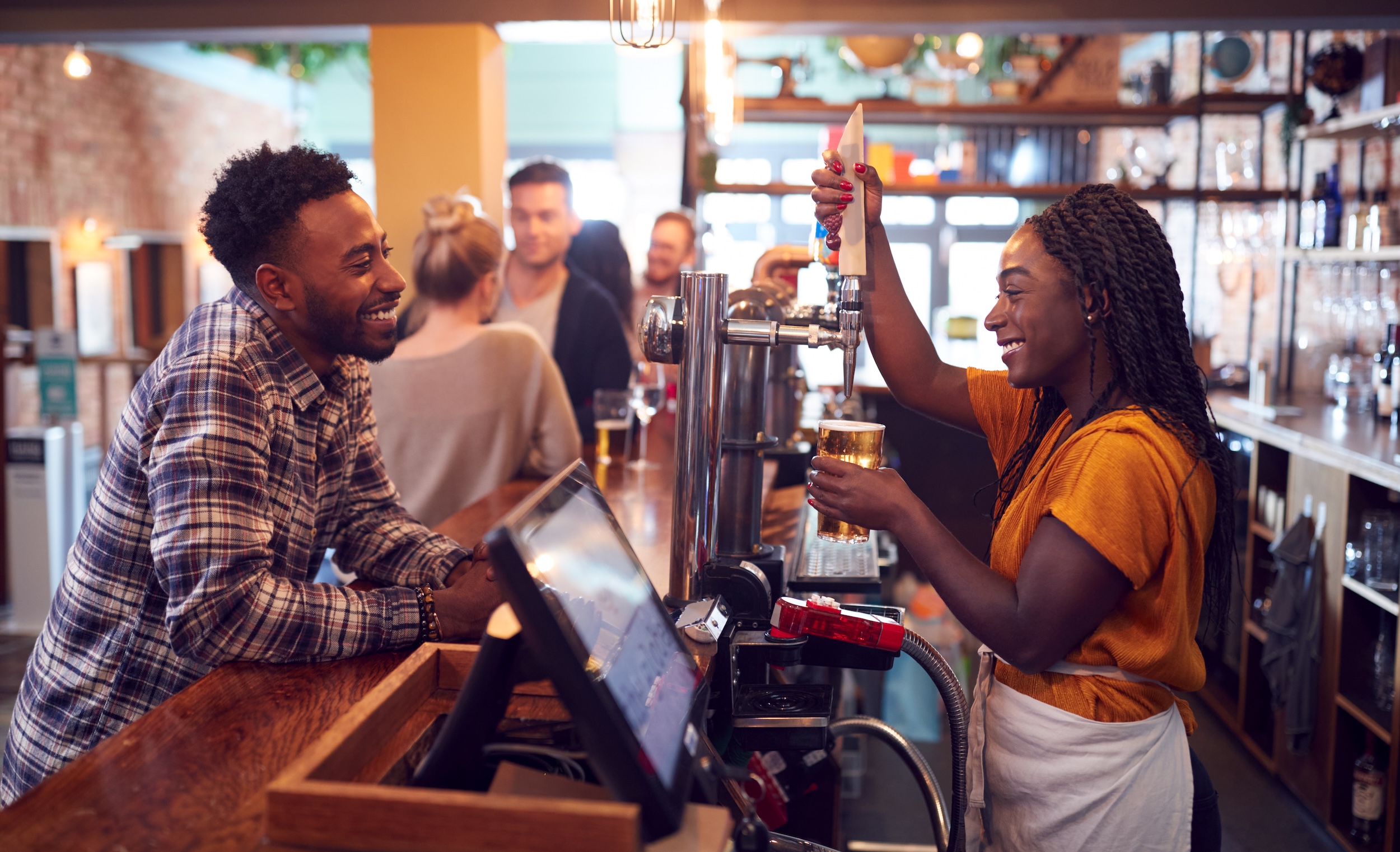
On average, opening a bar can cost up to $500,000. However, the cost will differ depending on whether you are opening one from scratch or taking over an existing one.
In small towns, you can purchase existing bars for $50,000 or less. Add to that the cost of making it your own, and you could be looking at a total cost of around $100,000.
Additional factors that will influence the cost are:
- Location
- Square footage
- Leasing vs buying
- Whether you will also serve food or not
How much does bar equipment cost?
One of the biggest costs you’ll have when opening a bar is the equipment, which can run between $30,000 to $60,000.
How much does it cost to stock a bar with liquor?
Before you start to buy the liquor you need to open a bar, you must first obtain a liquor license, which can cost about $1,500. The cost differs from state to state.
To stock your bar for the opening, you will spend around $6,000 for spirits, but also wine and beer.
Grants for opening a bar
If the costs above are beyond what you can afford to cover without help, you can look for financing options such as grants.
Check the US Small Business Administration’s grants available for funding businesses like bars in your area.
Is Opening a Bar Profitable?
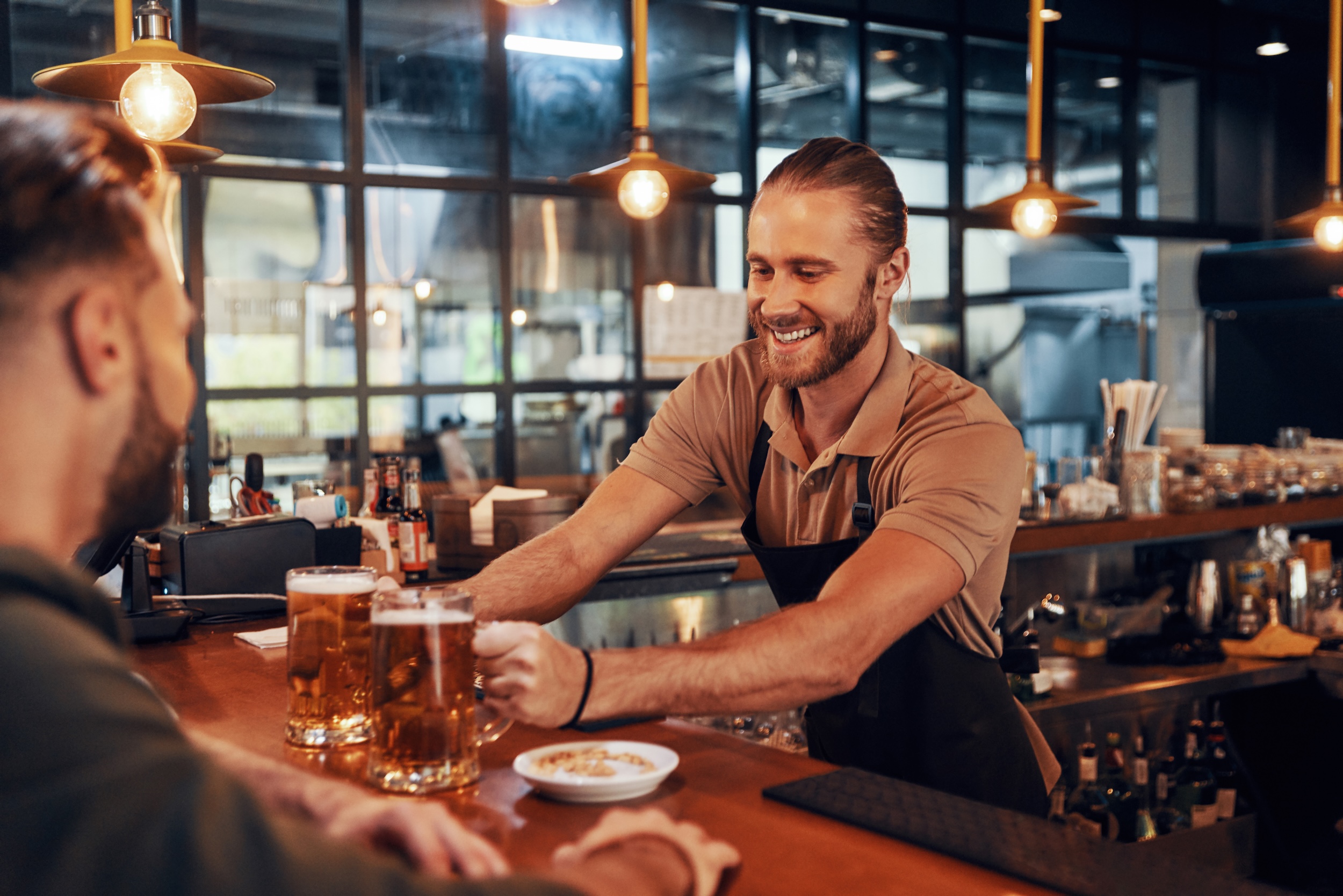
Considering the potentially high costs of opening a bar, you might wonder if it’s worth it. If you look at the average gross profit margin of up to 80% and net profit margin of 10 to 15%, the answer is “Yes.”
Bars are some of the most profitable food and beverage businesses due to the high cost of liquor.
How much does a bar owner make a year?
With an average annual bar revenue of about $330,000, owners can make up to $40,000 a year, depending on how much they decide to invest back into the bar.
Pros and Cons of Owning a Bar
Are you still undecided whether a bar is the right business choice for you or not? Let’s take a look at the pros and cons of being a bar owner, starting with the pros:
- High profit margins;
- You are your own boss;
- Your bar may become a staple in the community, the place where everyone enjoys a beverage after work.
That being said, here are some potential risks of owning a bar:
- High startup costs;
- Difficulty finding employees due to the late working hours;
- Potential liability risks due to alcohol-related accidents and mishaps.
10 Types of Bars You Could Open

Bars are extremely versatile businesses. Depending on your budget, the location, and the target audience, you can choose from these different types of bars:
- Sports bar
- Wine bar
- Cocktail bar
- Rooftop bar
- Karaoke bar
- Neighborhood bar
- Pub
- Irish pub
- Brewpub
- Microbrewery
How to Open a Bar Business in 10 Easy Steps
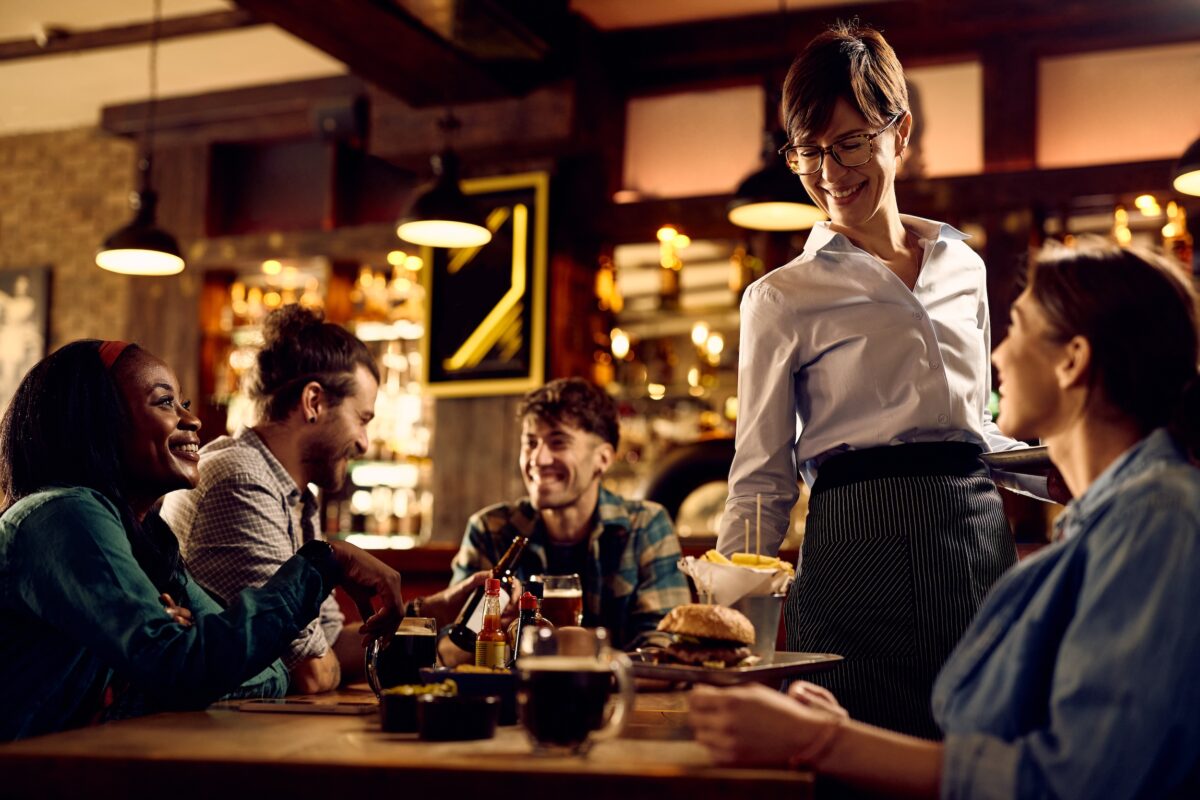
1. Write an airtight opening a bar business plan
Since starting a bar business is a costly endeavor, you should ensure you’re prepared to face any challenges that may come your way. Start with a bulletproof business plan that will help you:
- Identify potential issues with your concept and business model
- Reduce the risk of failure
- Find potential investors
- Achieve goals faster
- Get a sense of everything you need to put in place before you open your bar
Make sure your business plan contains the following information:
- Market and competitive analysis
- Mission statement and unique selling point
- Legal structure
- Startup costs
- Operations plan
- Staff overview
- Menu breakdown
- Profit and loss analysis
- Marketing strategy
2. Secure funding
If you need financial help opening your bar, look into the funding options available for hospitality businesses in your area. These can include:
- Bank loans
- Small Business Administration loans
- Business lines of credit
- Merchant cash advances
- Equipment financing
3. Obtain all the required permits and licenses
Now, what licenses do you need to open a bar? A liquor license should be your priority. Based on where your bar is located, the rest of the licenses may differ.
However, here are the licenses and permits more commonly requested in the US:
- Registration with the Alcohol and Tobacco Tax and Trade Bureau
- Employee Identification Number
- Foodservice license if you plan to also serve food
- Business income insurance
- Liquor liability insurance
- Music license
- Sign permit
4. Find the perfect bar location
The location of your bar is paramount to its success. Take your time finding the right location that will turn your bar into the talk of the town.
Here are a couple of questions to ask yourself as you’re looking for a bar location:
- Will I still have a steady monthly profit after I cover the rent and utilities?
- Is the location close to my target audience?
- Is the location easily accessible by foot, car, and public transportation?
- Is there parking around?
- Can I make changes to the location as I wish?
- Is the location visible to passers-by, and can I install signs that will draw their attention?
- Are there a lot of other similar bars in the area?
Depending on the type of bar you plan to open, your menu will look different. A wine bar will serve mostly wine, while a craft brewery will focus on artisanal beers.
If your bar doesn’t have a specific niche, you should serve a variety of beverages, such as:
- Wines
- Craft beers
- Cocktails
- Mocktails
- Soft drinks
If you also want to serve food, here are some of the best bar food menu ideas you can try:
- Wings
- Sliders
- Nachos
- Mozzarella sticks
- French fries
- Onion rings
- Dips
- Fried pickles
- Fish and chips
Consider adding shareable portions so groups of customers can sample multiple types of food at the table. Daily specials are also a good idea that will keep customers interested.
Slash menu printing costs by creating a digital menu available via QR code. That way, customers can order and pay directly on their smartphones, and you can serve more tables faster.
Automate orders & payments at your bar with a QR code menu
Set it up for free in minutes
Get StartedFollow the steps below to learn how to set up on premise ordering at your bar:
6. Buy the necessary equipment
With the menu in place, it’s time to stock up your bar with the necessary equipment. Common bar equipment includes:
- Fridges
- Dishwashers
- Ice bins
- Blenders
- Keg and tap system
- Cocktail-making sets
- Beer mats
- Smallwares like glasses, straws, and napkins
- Mixers for cocktails
If you’re also going to be serving food, you’ll need:
- Stoves
- Ovens
- Deep fryers
- Freezers
- Industrial mixers
7. Find the best alcohol suppliers in your area
When considering how to open a bar business, go local with your alcohol suppliers. Finding local suppliers comes with a slew of benefits for your business:
- Lowering costs and delivery time
- Supporting the local economy
- Reducing your carbon footprint
- Attracting customers who are environmentally conscious
- Enhancing your reputation in the community
- Receiving fresher ingredients faster
8 Get a reliable, easy-to-use bar POS system
Purchasing a POS system is an integral part of your bar pre-opening checklist. In the fast-paced world of bars, pubs, and nightclubs, you need technology that can help you accept orders and payments faster.
Here’s what the bar POS system from GloriaFood can do for you:
1. Serve customers faster thanks to the color-coded menu categories
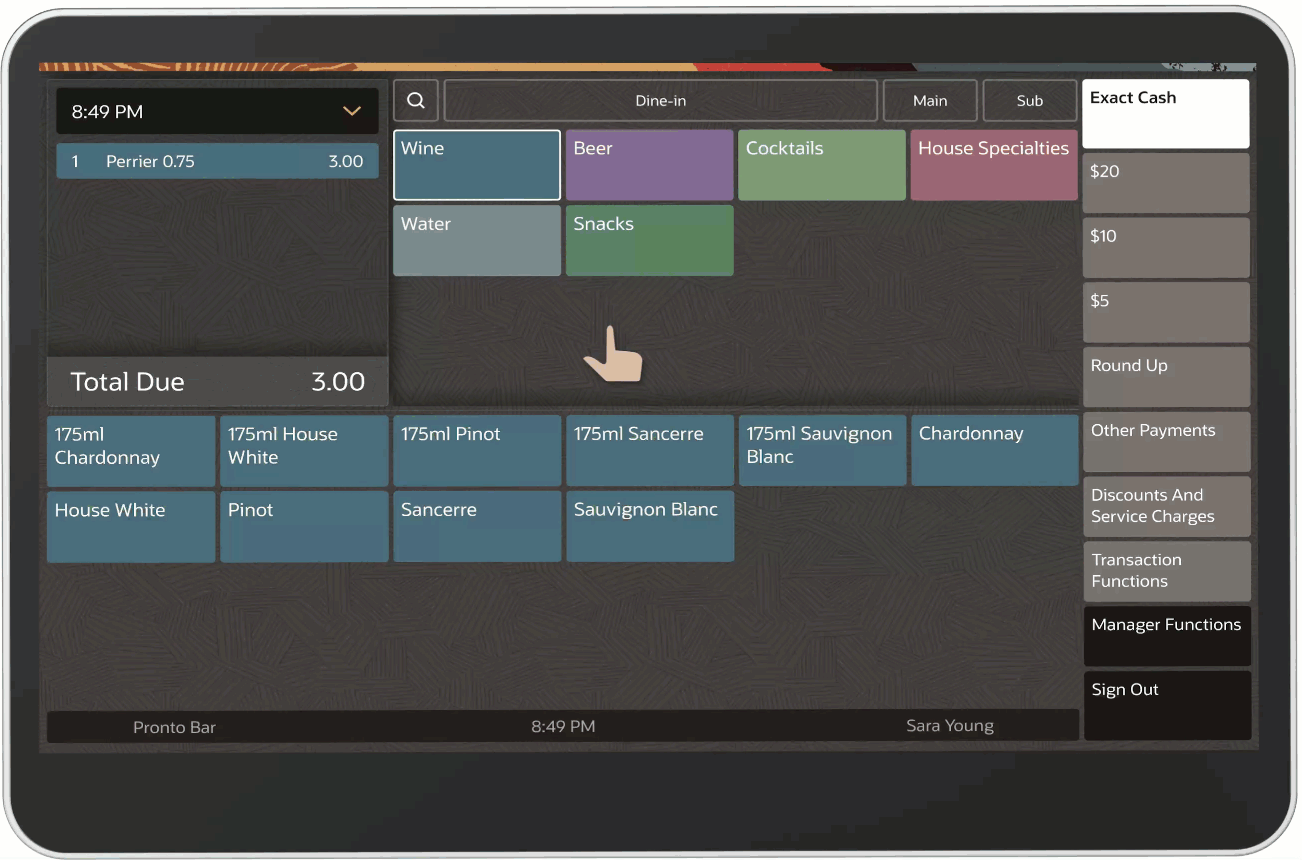
2. Easily perform check operations with intuitive gestures
- Swipe to remove a menu item
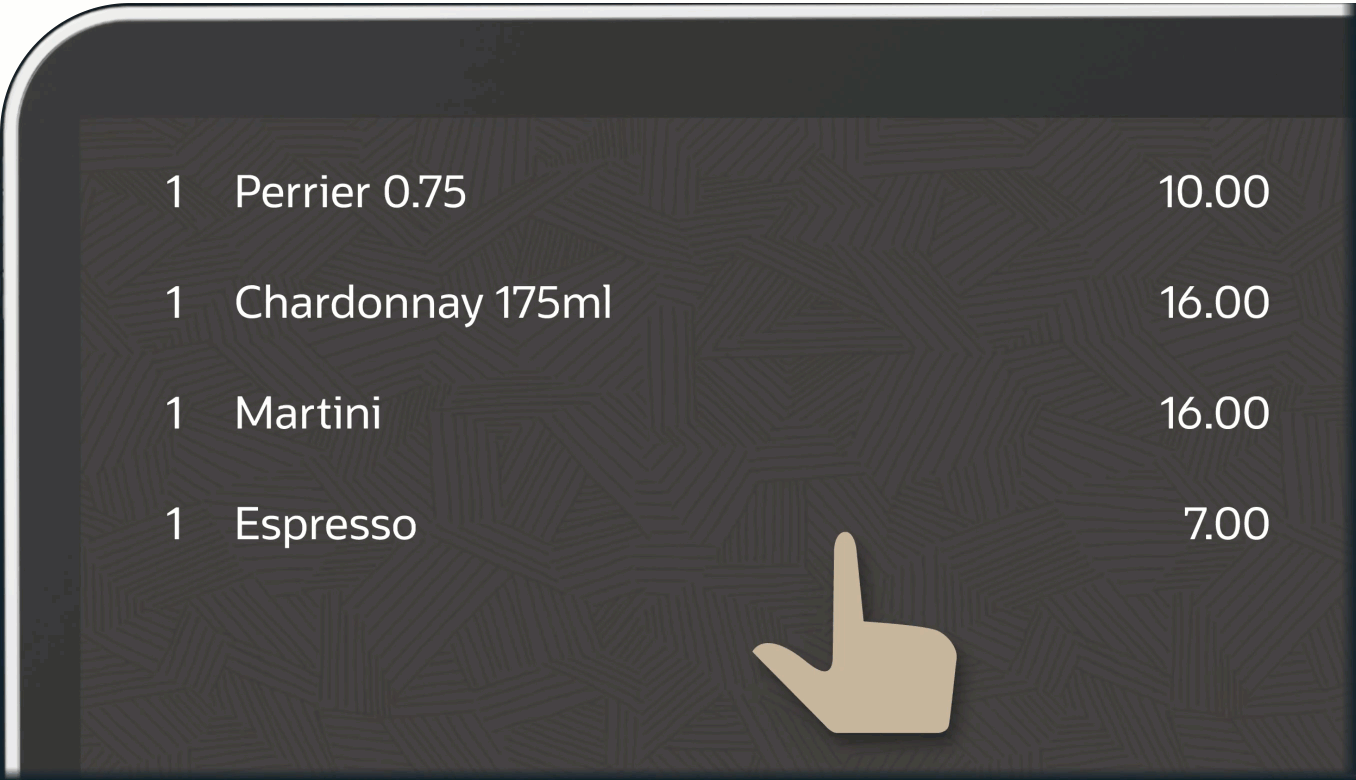
- Click to increase the quantity of a menu item by one
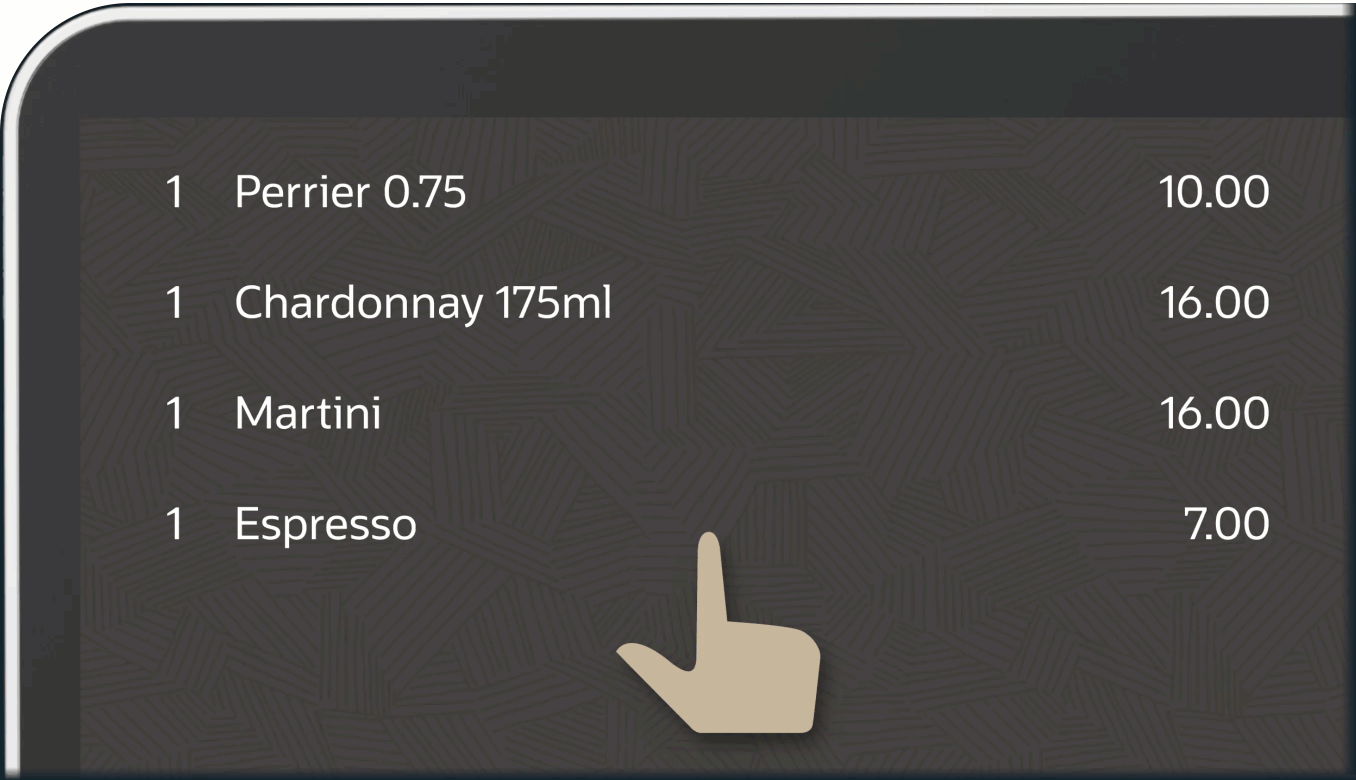
- Hold to reset the quantity of a menu item
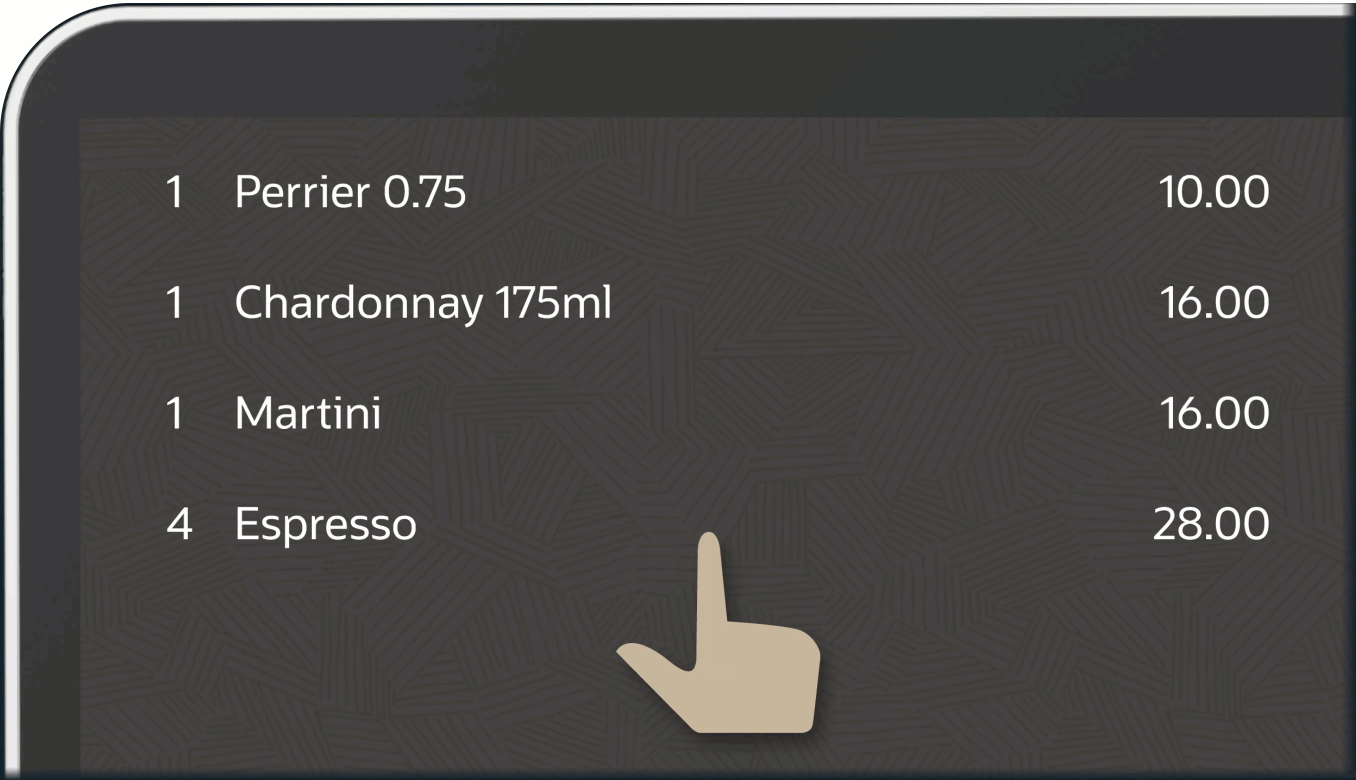
3. Accept a variety of payment methods, from cards to digital wallets
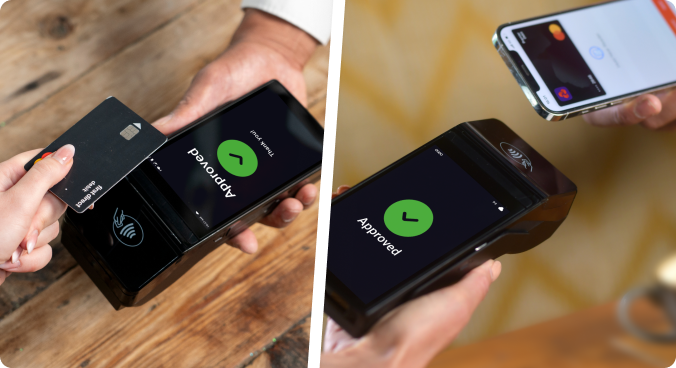
Learn more: Restaurant payment processing
4. Process orders and payments even when the Internet is down with Offline Mode
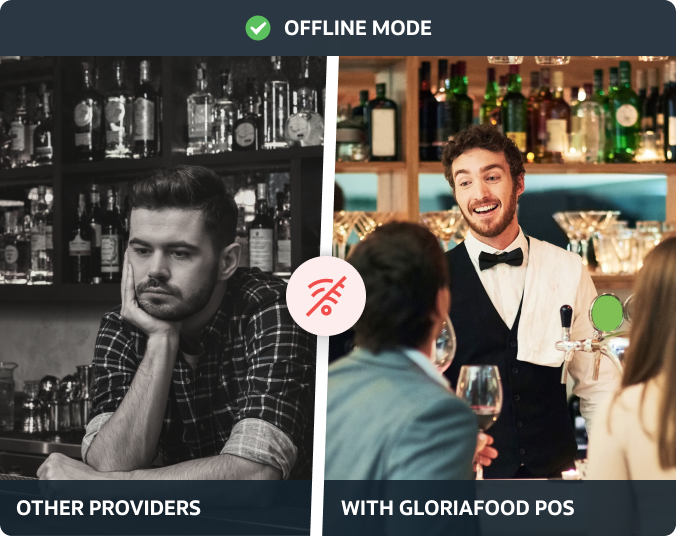
Meet the best, newest bar POS system on the market
Sign up now to order your FREE hardware kit, delivered to your door
I want my bar POS5. Bonus: Unlock a new revenue channel by also accepting online orders directly through the POS
When purchasing the GloriaFood POS system, you also get access to a free online ordering system that you can use to start selling your drinks online.
All you have to do is add a Menu & Order button to your website to enable customers to place orders. The orders will be automatically accepted by the POS and sent straight to the bar or kitchen for preparation.
Follow these steps to set up online ordering for your bar:
9. Hire and train your bar staff
A highly trained, professional yet friendly staff will truly distinguish your bar from the competition.
Working in a bar can be more challenging than in a restaurant, so ensure you train your employees to practice responsible alcohol service:
- Check IDs with no exceptions
- Don’t overserve or serve visibly intoxicated customers
- Measure alcohol properly when mixing drinks
- Comply with state laws for alcohol service
- Participate in specialized training programs like ServSafe or TIPS
- Follow the protocol you have in place for dealing with intoxicated and potentially belligerent customers
GloriaFood POS can help you simplify employee onboarding with the help of the training mode.
Activate this mode to enable new employees to learn more about your business without having access to potentially sensitive POS information.
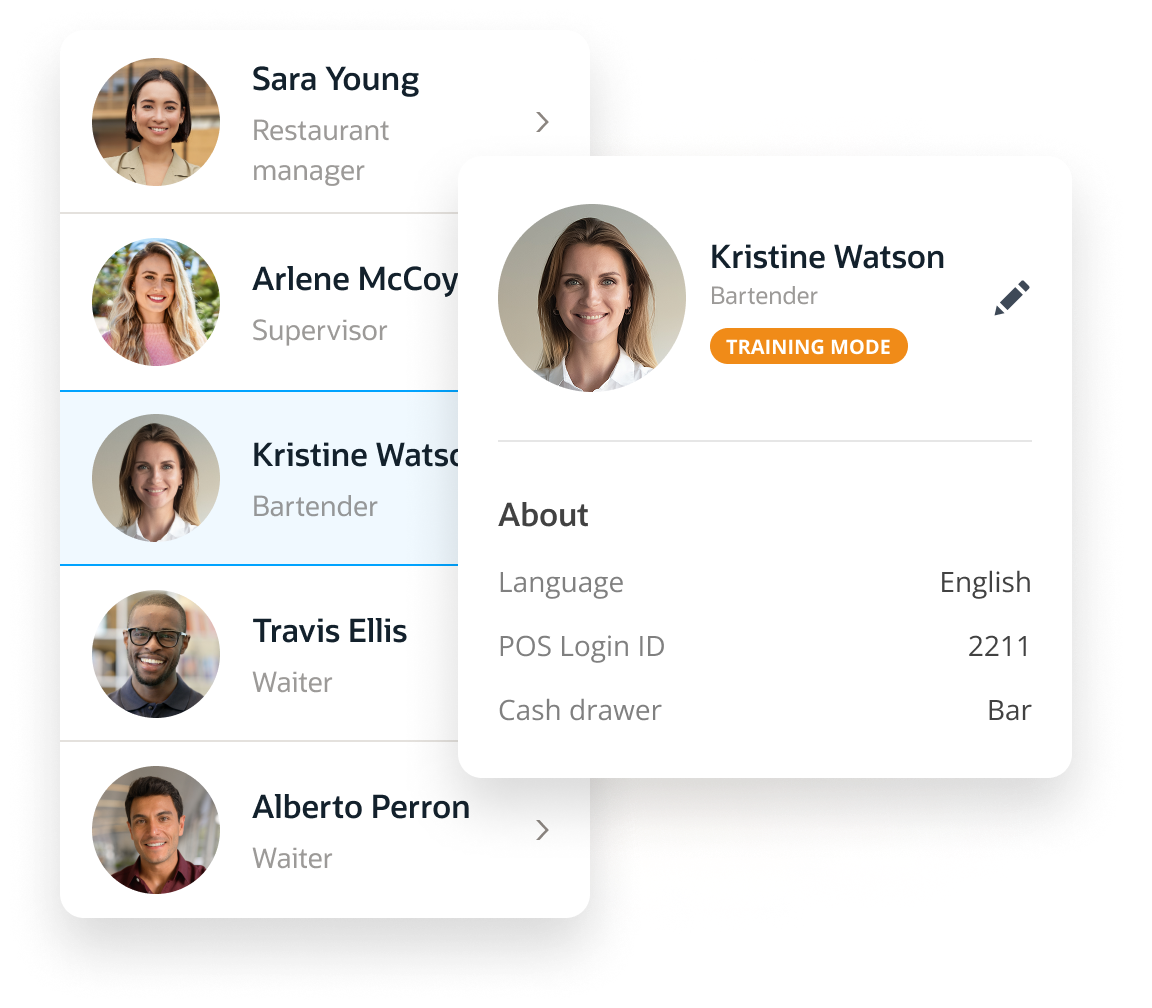
Once they complete the orientation, you can switch off the training mode to grant them access to more POS operations.
10. Put together a bulletproof marketing strategy for your bar
As the grand opening approaches, it’s time to think of ways to attract new and returning customers to your bar.
We have good news: GloriaFood comes with a variety of built-in marketing features that you can access directly from your admin dashboard:
1. Get a sales and SEO-optimized website that will help you rank on the first page of Google
Whenever customers Google your bar or simply bars in your area, you want your restaurant website to be the first thing they see. For that to happen, your website’s content needs to be optimized for search engines.
Don’t know how to do that? We’ve got you! We provide a website builder that you can use to generate an SEO-optimized website in seconds, with no tech or SEO knowledge required.
Watch this video to learn more:
2. Add an ordering link to your social media bios
Enable customers who visit your social media profiles to place orders without having to leave the site. Add the personalized ordering link we provide in your bios so that whenever customers click it, they will be redirected to your online menu.
Here’s how you can set this up for Facebook:
3. Add Happy Hour promos at the top of your menu
Happy Hour promotions are a very common marketing strategy for bars. Use the GloriaFood Promotions Module to set up a Happy Hour promo or any other promo logic you can think of.
Learn more about how easy it is to add a promotion or special offer to your menu:
4. Send promotional emails designed to keep customers coming back
Email marketing can be complicated if you’ve never done it before. Let us run your campaigns on Autopilot so you can:
- Encourage second orders
- Re-engage past customers
- Prevent card abandonment
It only takes minutes to set up the three email campaigns above. Here’s how:
To promote your bar offline, consider these ideas:
- Organize events and parties
- Host live music
- Partner with other complementary businesses in the area
- Organize activities like wine & paint or beer tastings
- Host contests and giveaways
That’s a Wrap
You’ve arrived at the end of our guide, which means you now know how to open a bar business and prepare it for long-term success.
What should your next steps be? Organize a soft opening with friends and family to gather valuable feedback. Then, make any necessary changes and open your doors to the larger public. Good luck!
- 1. Write an airtight opening a bar business plan
- 2. Secure funding
- 3. Obtain all the required permits and licenses
- 4. Find the perfect bar location
- 5. Brainstorm a profitable bar menu
- 6. Buy the necessary equipment
- 7. Find the best alcohol suppliers in your area
- 8 Get a reliable, easy-to-use bar POS system
- 9. Hire and train your bar staff
- 10. Put together a bulletproof marketing strategy for your bar
Get your restaurant POS system
More than [[restaurants_number]] customers have advanced their restaurant businesses with GloriaFood
